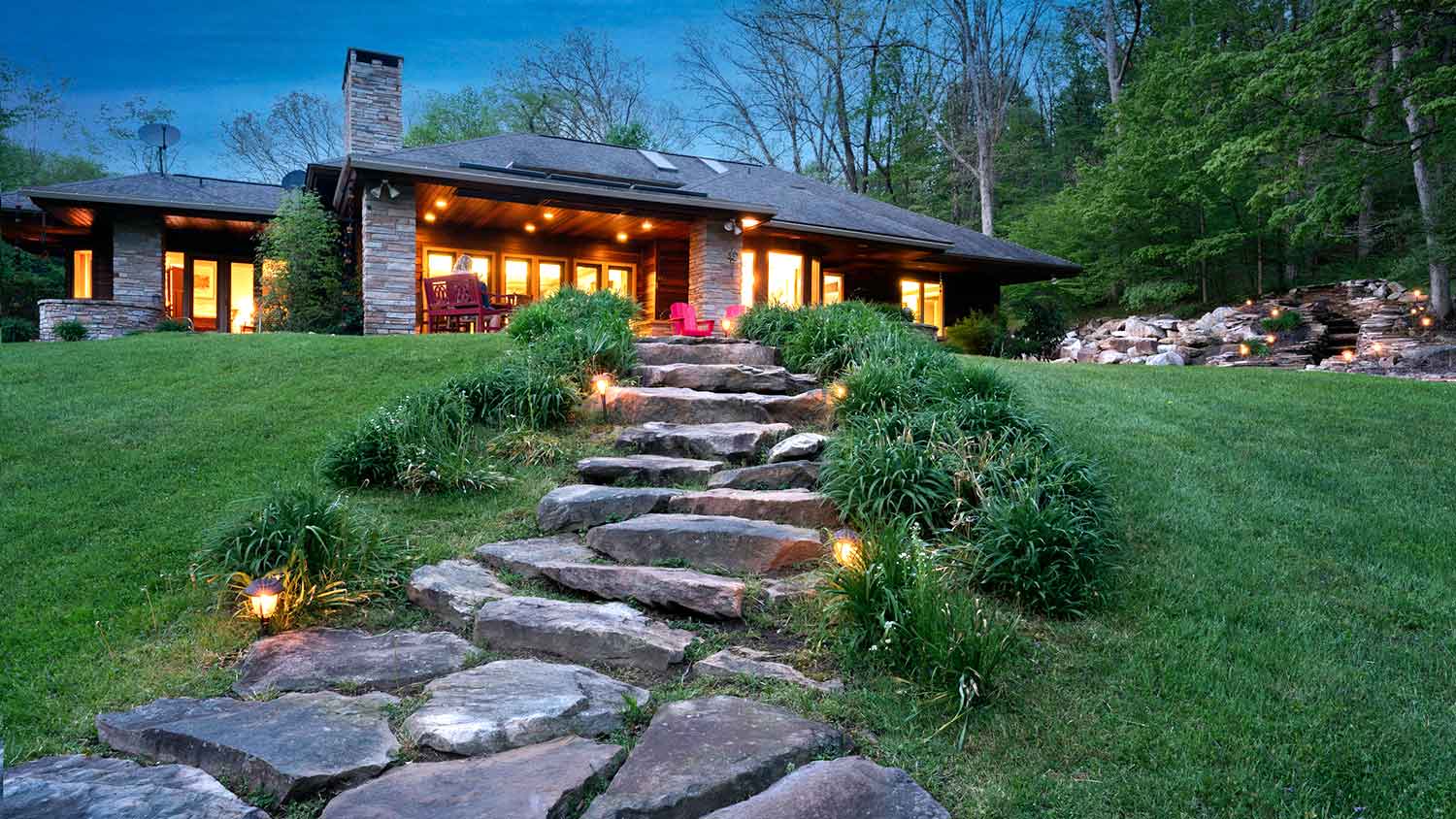
Ivy might look pretty, but you probably don’t want it in your garden. Learn how much it’ll cost to remove ivy by type, treatment method, and more.
Lay the groundwork for a beautiful home exterior


Few things can elevate your home’s look—and value—as much as beautiful landscaping. Before you start Pinning plant ideas, ask yourself these common landscaping questions to ensure you and your landscaper are on the same page before getting started.
First and foremost, your professional landscaper will ask what type of services you’re looking for. This will give them an idea of how much work they’ll need to complete, how long the project will take, and how much it will cost. They can also start researching the cost of hardscaping materials such as river rocks and pavers to create a more accurate estimate for your project.
Your professional will also need to know how much space they’ll be working with. You can take measurements or have your pro tour your yard for a more accurate cost estimate.
If you’ve hired a landscape designer and have all of the measurements, materials, and quantities dialed in with an eye toward design principles, your landscaper’s job will be much easier (and your cost will be lower). If not, expect a longer conversation with your landscaper about your goals and what materials will suit your climate and neighborhood.
Landscaping services can take anywhere from a few hours to deliver and spread mulch in flower beds to six months or longer if you’re doing a total overhaul that includes xeriscaping. Once your pro knows what components you want, they can give you a more accurate timeline.
The average cost of landscaping is $3,650, but prices can range from $200 for something as simple as mulching flower beds up to $15,000 or more for hardscaping, landscape design, and a total overhaul of your home’s exterior. Property size also plays an important role in your pricing, so budget between $4.50 and $12 per square foot.
Local weather plays an essential role in the types of plants that will survive and thrive in your area, what hardscaping materials will last the longest, and what designs are appropriate for your location, whether you experience heavy rainfall, drought, or extreme temperatures. They’ll also discuss the sun and shade in different parts of your yard to find plants appropriate for each space.
From average costs to expert advice, get all the answers you need to get your job done.

Ivy might look pretty, but you probably don’t want it in your garden. Learn how much it’ll cost to remove ivy by type, treatment method, and more.

A landscape designer can elevate your outdoor space and bring your vision to life. Use this landscape design cost guide to budget for your next project.

Leveling your yard can help with drainage and prevent damage to your home. Learn the cost to level a yard in Columbus, OH, and what factors can affect the price.

Overseeding your lawn can help fill in sparse areas and grow thick, lush grass without starting over. Find out how to overseed a lawn successfully.

If you’re thinking about installing solar lights, you’re probably wondering how much sunlight is required for solar landscape lighting. Here’s the answer.

Learn how to remove juniper bushes, regardless of their size, in four simple steps to make room for other landscaping or eliminate an overgrown bush.